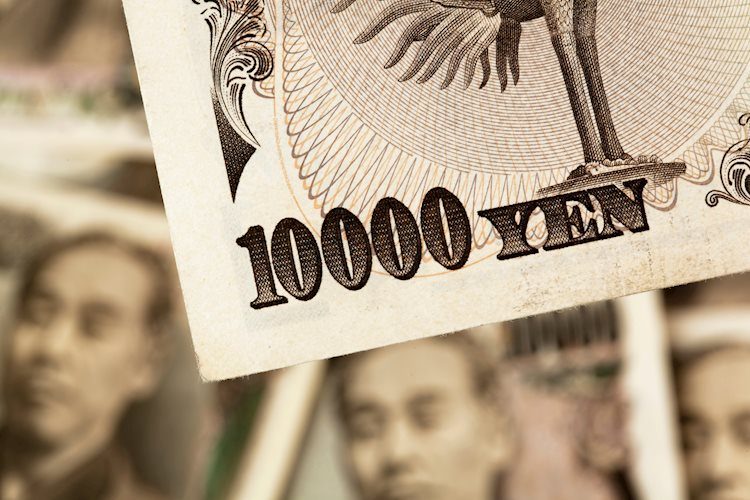The Japanese Yen remains steady against the US Dollar as the Bank of Japan maintains its interest rate at 0.15%, aligning with market expectations. Japan’s Consumer Price Index also rose to 3.0% year-on-year in August, reaching its highest level since October 2023. This positive economic data supports the JPY’s strength.
On the other hand, the US Dollar faces challenges as expectations grow for additional rate cuts by the US Federal Reserve by the end of 2024. The latest dot plot projections indicate a gradual easing cycle, with the 2024 median rate revised to 4.375%. Despite this, Federal Reserve Chair Jerome Powell stated that the Fed is not rushing to ease policy and emphasized that aggressive rate cuts are not the new norm.
Additionally, Japan’s Finance Minister Shunichi Suzuki expressed readiness to monitor the impact of the latest US rate cut on the Japanese economy and financial markets. This comes in line with the Japanese government’s view that the US economy is likely to continue expanding. Suzuki’s comments highlight the interconnectedness of global economies and the need for careful monitoring of economic developments.
Furthermore, the Federal Reserve’s decision to cut the federal funds rate to a range of 4.75% to 5.0% reflects confidence in the US economy’s trajectory. Janet Yellen, US Treasury Secretary, also sees the rate cut as a positive indicator of decreased inflation and a strong job market. With updated economic forecasts and inflation targets, the Fed aims to maintain moderate economic growth and stable inflation.
On the technical analysis front, the USD/JPY pair’s daily chart shows a bearish bias as it consolidates within a descending channel. The 14-day RSI confirms this bearish outlook, with immediate support levels at 139.58 and further resistance at the 21-day EMA at 143.56. The ongoing downward trend indicates potential for further downside movement.
In conclusion, while the Japanese Yen maintains its strength against the US Dollar, the global economic landscape remains dynamic. With the Federal Reserve’s actions impacting both currencies, the focus shifts to monitoring economic indicators and central bank policies. The interplay between the USD and JPY will continue to be influenced by a range of factors, including interest rate decisions, inflation trends, and global market volatility. As both currencies navigate these challenges, stakeholders will need to stay informed and adapt to the evolving financial landscape.









